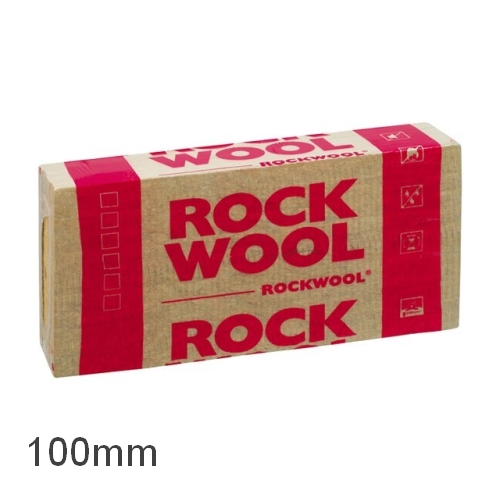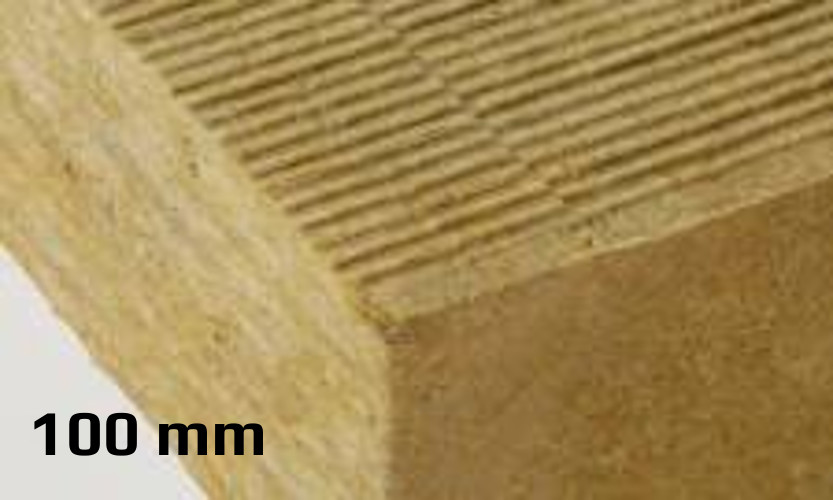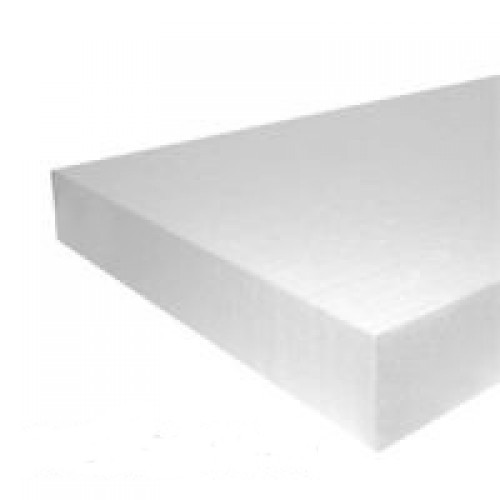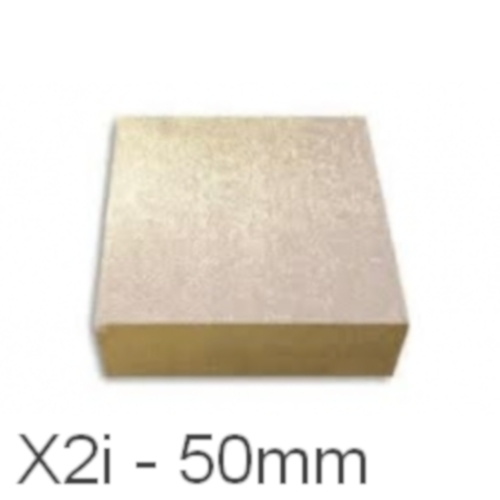Home Insulation Environmental Impact
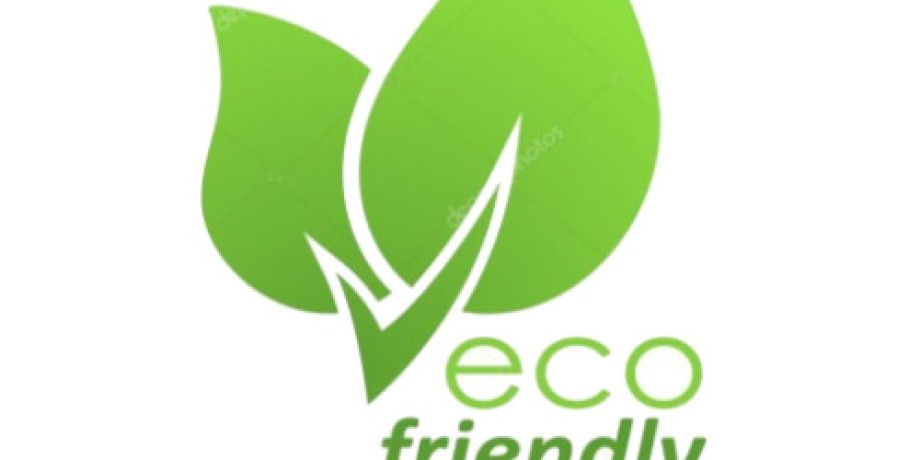
by Mark Row
Is Your Insulation Eco-Friendly?
Environmental impact is one of the burning issue often discussed nowadays due to the fact that people are trying to find a way to eliminate or at least reduce the number of potential sources of environment pollution in every aspect of our everyday life, including industry, production, even insulation. We are all aware of the fact that our homes need to be properly protected from negative external impacts especially by using different materials. What we do not know is how insulation products we use are harmful for the environment and if there is anything we can do to minimize that risk. Well, probably the first step is knowing a bit more about some common home insulation materials environmental impact.
The first thing about the relation between insulation and environment protection which is very important and that should be kept in mind at all times, but is usually forgotten and bypassed is that insulation materials, regardless of the fact that some may be more eco-friendly than the others, are always contributing to energy efficiency and thus indirectly help us save our mother nature. The equation is pretty simple – a well insulated home leads to less use of our heat and cooling devices which again leads to less CO2 emissions and a much cleaner and better preserved environment. This is why it is important to understand that some products may not be as eco-friendly, but are highly efficient when it comes to their thermal performance so the negative environmental impact is often compensated with high energy efficiency.
Basic Insulation Types
Now, let’s consider some basic insulation types and their eco-characteristics, certain up and downsides.
One of the most commonly used material that has very wide application is most certainly rock mineral wool. Rock wool is produced out of a mixture of molten rock, a binder and some oil which are all subject to extremely high temperatures. It’s solid and firm structure makes it applicable to number of uses including masonry and timber walls, roof, loft and floor insulation. Its eco side is that it is recyclable and can be reused if properly maintained, it is not subject to rot and it is non-combustible which makes it very durable. It is good to know that some manufacturers include certain percentage (around 20%) of secondary industrial waste, a formaldehyde-free binder and recycled mineral wool. On the other hand, potential environmental impacts are the fact that the manufacturing process includes some harmful emissions like carbon monoxide, phenol and formaldehyde and also that its composure includes quarrying of material which can lead to degradation of the land.
Rockwool Cavity Insulation Knauf Universal Insulation Slab
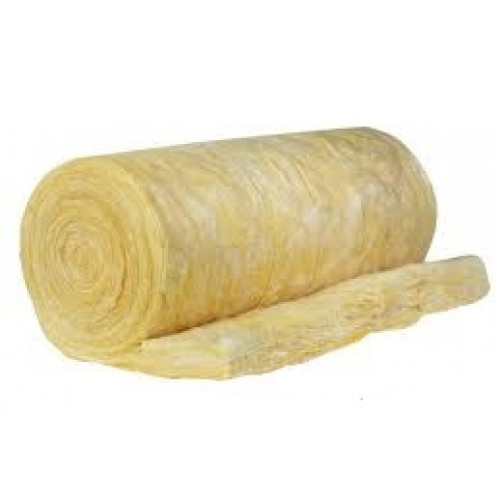 Glass wool is produced from recycled glass, limestone, soda ash and sand converted into fibers and exposed to high temperatures. Everything mentioned for rock wool goes for glass wool as well, with a few differences deriving form its structure which can include more recycled content (usually up to 60% of post-consumer waste) which is a good thing and the fact that it can include boron in order of improving its moisture resistance qualities, which is basically a bad thing.
Glass wool is produced from recycled glass, limestone, soda ash and sand converted into fibers and exposed to high temperatures. Everything mentioned for rock wool goes for glass wool as well, with a few differences deriving form its structure which can include more recycled content (usually up to 60% of post-consumer waste) which is a good thing and the fact that it can include boron in order of improving its moisture resistance qualities, which is basically a bad thing.
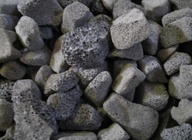 Another type of mineral insulation is foamed glass insulation, especially applicable in flat and green roofs insulation. It is made from a mixture of carbon and crushed glass which is then heated and formed into bubbles. Just like the glass wool, it contains around 60% of post consumer waste, it is recyclable, water, vapor and fire resistant, very stabile due to its compressive strength. Basic environmental downsides of this insulation material are the fact that certain harmful emissions are produced upon glass production, its disposal is a bit complicated due to the bitumen addition and has very low flow rates for baths.
Another type of mineral insulation is foamed glass insulation, especially applicable in flat and green roofs insulation. It is made from a mixture of carbon and crushed glass which is then heated and formed into bubbles. Just like the glass wool, it contains around 60% of post consumer waste, it is recyclable, water, vapor and fire resistant, very stabile due to its compressive strength. Basic environmental downsides of this insulation material are the fact that certain harmful emissions are produced upon glass production, its disposal is a bit complicated due to the bitumen addition and has very low flow rates for baths.
The next insulation materials to consider are expanded and extruded polystyrene materials, used for rigid insulation boards production. While expanded polystyrene is made from a mixture of polystyrene and a pentane, then heated in order of expanding the polystyrene beads, extruded polystyrene is made from mixture of polystyrene crystals and additives, then melted and converted into plastic fluid. Basic advantages of this type of insulation are basically the same – they are both recyclable (when added to new sheeting) and reusable, water and rot resistant, differing in the comprehensive strength since extruded polystyrene is somewhat more stabile due to the manufacturing process. On the other hand, since oil-derived, both insulation products carry pollution risks from manufacturing of oil and plastics, including hydrocarbons emitted when produced while the fire retardant used (HBCD) is regarded as dangerous.
Jablite Polystyrene Board Cellecta Yelofoam
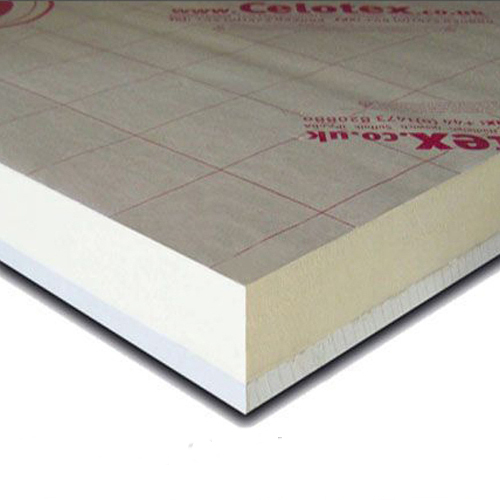
Next on the list are PUR and PIR boards. Polyurethane insulation is produced in the so called process of polymerization, where two monomers react when a blowing agent is added. PIR insulation is somewhat similar to PUR insulation, but also improved due to the higher temperature exposure which leads to higher R value and better fire resistance. It is recyclable, reusable, water, vermin and rot resistant and most blowing agents used in the manufacturing process have zero ODP (Ozone Depletion Potential), in Europe at least. Just like polystyrene insulation, these rigid insulation boards are also derived from petrochemicals which means that plastics and oil production have certain pollution risks, but also include some emissions to water and air hazardous wastes which need to be within limits prescribed by applicable regulations.
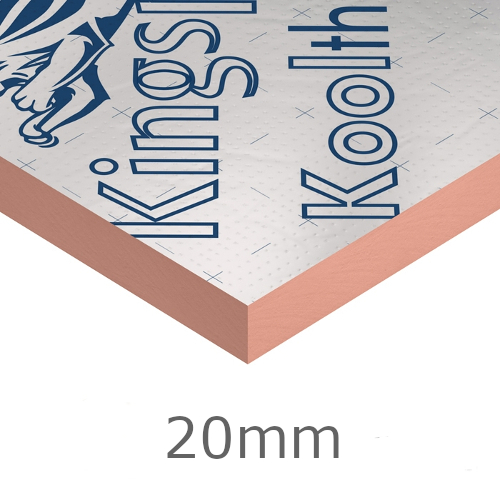 Phenolic foam insulation is made from phenolic resin and a foaming agent. In the manufacturing process, a hardener is added which leads to the resin exothermic reaction, causing the resin to turn into foam which is afterwards rapidly set. It is most commonly used in floors, walls and roof insulation. Its probably most apparent downside is the fact that it is not readily recyclable and that it is derived from phenol formaldehyde. On the other hand, it is flame and moisture resistant, it has considerable comprehensive strength and thermal performance and it is reusable if preserved well.
Phenolic foam insulation is made from phenolic resin and a foaming agent. In the manufacturing process, a hardener is added which leads to the resin exothermic reaction, causing the resin to turn into foam which is afterwards rapidly set. It is most commonly used in floors, walls and roof insulation. Its probably most apparent downside is the fact that it is not readily recyclable and that it is derived from phenol formaldehyde. On the other hand, it is flame and moisture resistant, it has considerable comprehensive strength and thermal performance and it is reusable if preserved well.
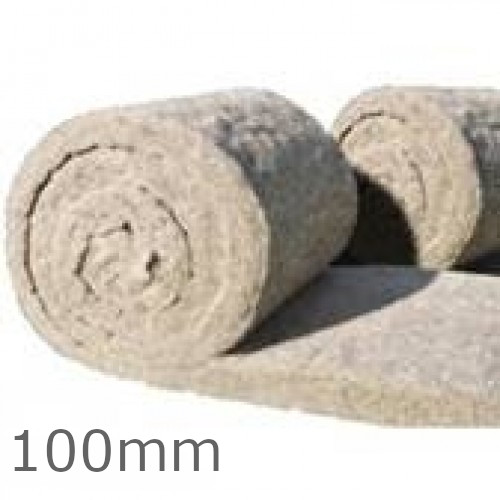 Now, one of the increasingly popular insulation material is sheep wool insulation, produced from sheep’s wool and a polyester binder. This is not a surprise since it is considered to be one of the most eco-friendly home insulation material available due to the fact that it is fully recyclable, made from natural and renewable resources, reusable, highly hygroscopic and moisture resistant. The potential bad side is the polyester binder used which renewable and that it contains biocide and boron flame retardant.
Now, one of the increasingly popular insulation material is sheep wool insulation, produced from sheep’s wool and a polyester binder. This is not a surprise since it is considered to be one of the most eco-friendly home insulation material available due to the fact that it is fully recyclable, made from natural and renewable resources, reusable, highly hygroscopic and moisture resistant. The potential bad side is the polyester binder used which renewable and that it contains biocide and boron flame retardant.Feel free to share your opinion on environmental impact of any type of insulation material in the comments section below.




































































































































